When first learning the competitive ins and outs of Pokemon, it can get a little tricky to check all your boxes concerning your team. There are many factors to consider when making your competitive mon, such as what moves they have, what items they hold, what ability you’re aiming for, EVs, IVs, and finally, the Pokemon’s Nature. In Pokemon, the nature portion of the summary text may just look like a little bit of flair text to give the Pokemon some distinguishable personality, but it’s actually an indicator for some very important stats.
Natures affect the growth of your Pokemon. From the moment they hatch out of the egg, every Pokemon has a predetermined potency for different stats, and this potency or deficiency depends all on their Nature. It makes quite a bit of sense if you think about it. If a Pikachu is particularly brave, he might be more prone to attacking with his tail, up close and personal. If he’s naive, he may rush into situations more quickly, giving him a better speed stat than the other Pikachu out there. Thinking in terms of how these Natures may make the Pokemon act can help give a little bit of help if you’re aiming to memorize them. If you aren’t the type to memorize them though, that’s okay. We have charts for that.
Related: The top 10 strongest Pokémon of all time
Pokemon Natures Chart
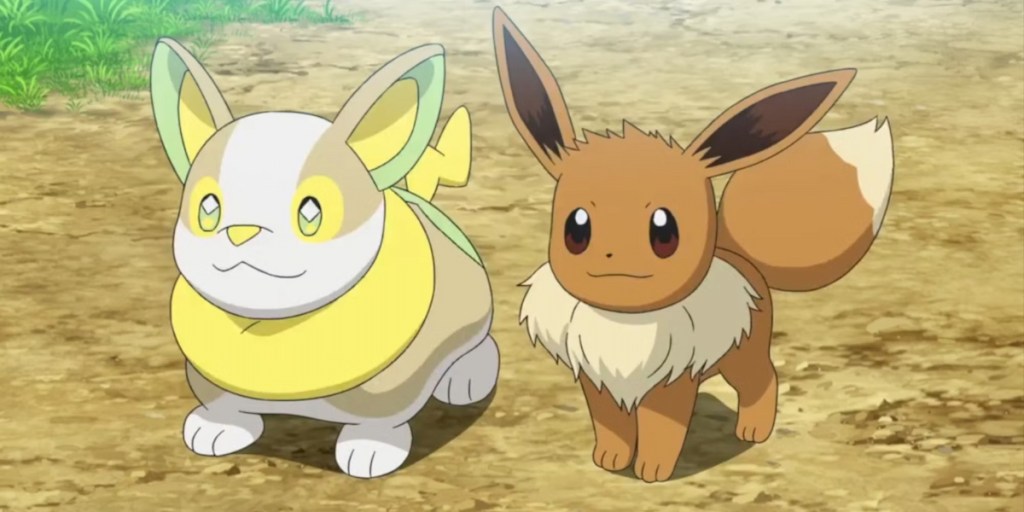
Below we have a chart full of all the Natures that can help you find what you’re looking for in your perfect, competitive Pokemon. While having an Infernape who’s Modest may be cute for story reasons, ultimately finding yourself a Brave or Adamant one will land you the best punches at the most critical times during your battles. This chart below can help you get your Natures straight, or be a great referral if you need some help while planning out your team:
| Nature | Stat Increase | Stat Decrease |
|---|---|---|
| Adamant | + Attack | – Special Attack |
| Bold | + Defense | – Attack |
| Brave | + Attack | – Speed |
| Calm | + Special Defense | – Attack |
| Serious | No stat increase | No stat decrease |
| Gentle | + Special Defense | – Defense |
| Hasty | + Speed | – Defense |
| Impish | + Defense | – Special Attack |
| Lax | + Defense | – Special Defense |
| Lonely | + Attack | – Defense |
|
| ||
| Mild | + Special Attack | – Defense |
| Bashful | No stat increase | No stat decrease |
| Naive | + Speed | – Special Defense |
| Quirky | No stat increase | No stat decrease |
| Quiet | + Special Attack | – Speed |
| Rash | + Special Attack | – Special Defense |
| Relaxed | + Defense | – Speed |
| Sassy | + Special Defense | – Speed |
| Timid | + Speed | – Attack |
| Hardy | No stat increase | No stat decrease |
| Docile | No stat increase | No stat decrease |
| Careful | + Special Defense | – Special Attack |
| Modest | + Special Attack | – Attack |
| Naughty | + Attack | – Special Defense |
Best Natures For Physical Attackers
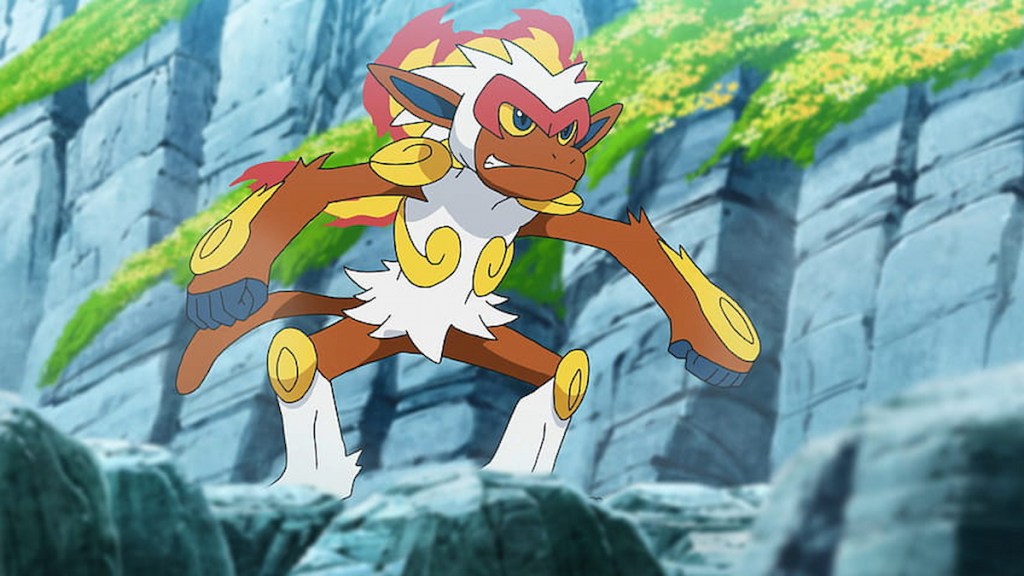
Now that you know all the Natures (or have a quick and easy chart for them, anyway) you may be wondering “Well, why not just have a neutral Nature and be done with it? No buffs, no debuffs, no harm.” While that may be true, there is always a best-case scenario for each Pokemon out there, whether you may have figured it out yet or not. For example, let’s think back to our Infernape. He’s a Pokemon with incredible Speed and Attack stats, usually ending things quickly as a lead. You’d want to increase either his Speed or Attack stat to have the best possible Infernape out there. Playing on a Pokemon’s natural strengths and weaknesses is the best way to prepare your team.
If you take a closer look at Infernape’s stats, you’ll notice that he doesn’t have much in the way of Special Attack, or Defense, or even Special Defense. What this means is that you can essentially ignore those other stats when choosing which Nature you want to go for. So for Infernape, you have your choice from many different Natures that emphasize Attack, but you can narrow these choices down by selecting a stat decrease that doesn’t matter. If you have a Pokemon in your party that you want to run as your attacker, these natures might be the best to use:
- Lonely
- Adamant
- Brave
- Naughty
Best Natures For Special Attackers
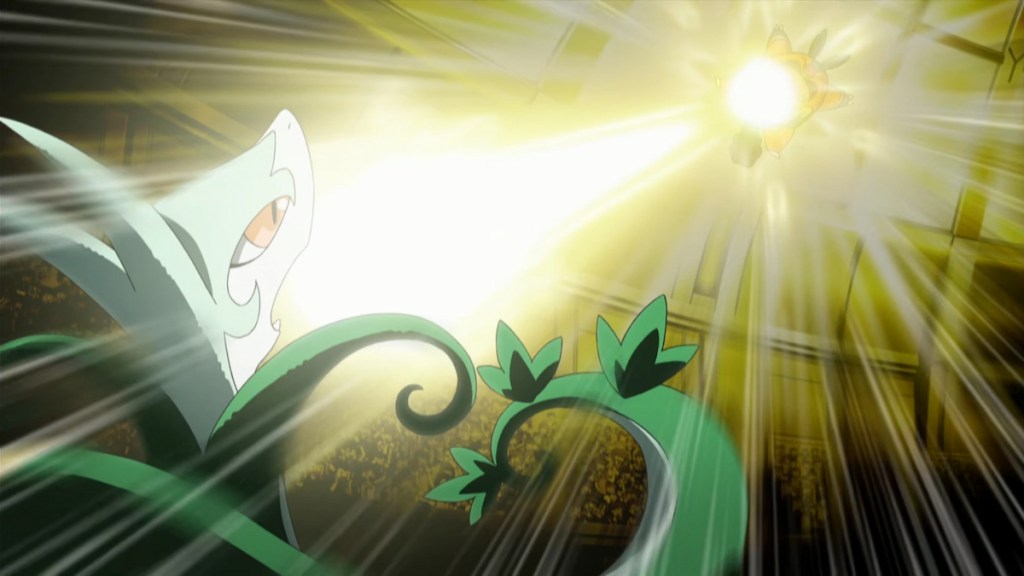
If you’re hoping to run a Special Attacker, a choice like Serperior makes a lot of sense. They have a wickedly high Special Attack stat, as well as a Hidden Ability called Contrary. The ability Contrary reverses any stat changes that are inflicted on the Pokemon, whether they do it to themselves or have it done to them by an enemy during the battle. What Contrary does is very important for a Pokemon like Serperior, which has access to a move like Leaf Storm. Normally if a Pokemon uses Leaf Storm, it’s left exhausted with a lowered Special Attack stat right after using it. However, with an ability like Contrary, this debuff becomes a buff that applies every time Serperior uses the move. So each time a Serperior uses Leaf Storm, it gets a raised Special Attack stat, making it a fantastic steamroller for your battles.
Strategies surrounding moves, abilities, and held items best work together when all these things work in sync, playing off of each other for the best possible advantage. That’s why it’s good to understand Natures so that your Pokemon has the best possible chance of winning in battle. For a Pokemon like we just described above, it’d be best to improve something like Special Attack or Speed. If you’re looking to figure out which nature is best for a Special Attacker like Serperior, consider some of the following:
- Mild
- Modest
- Quiet
- Rash
Best Natures For Leads
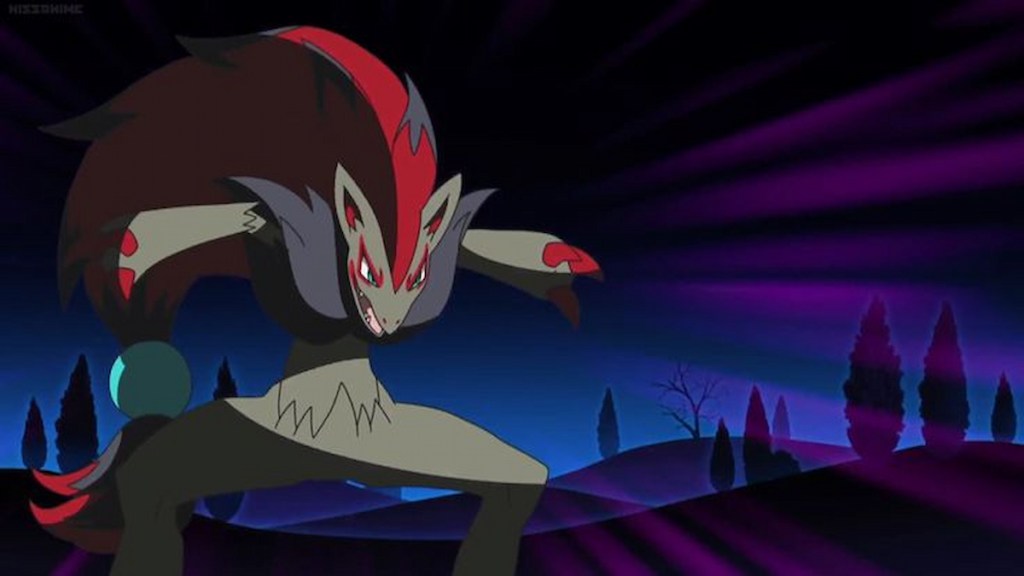
If you have a Zoroark, the best place for them is at the front of your team. If you aren’t familiar with Zoroark, their ability is Illusion, which makes them have the appearance of the last Pokemon in your party. With this ability, you can trick your opponent into using different moves on them, perhaps some that may not hurt the Dark-type Zoroark as much as they think they will. Zoroark is also like Infernape in a sense, having great Attack and Speed stats. Being in the front and having sharp attacking stats makes Zoroark a perfect lead for your team, in other words, the first Pokemon to be thrown out at the start of the battle.
A lead typically has a high attack stat so that you can come out of the gate swinging with full power. However, sometimes a lead can mean something else entirely. Leads set the tone for the entire battle, so having an unfavorable matchup can be a fly in your battle soup. For example, if you have a Charizard just raring to go as your lead, but your opponent sends out a formidable water type like Blastoise, he may be in trouble. When considering your lead, take Attack as well as things like Speed into account. If your Pokemon can strike first, they may be able to handle just about anything that your opponent’s lead throws at them. For leads, consider some of the following natures for both Speed and Attack:
- Adamant
- Attack
- Hasty
- Lonely
- Naive
- Naughty
- Timid
Best Natures For Anchors
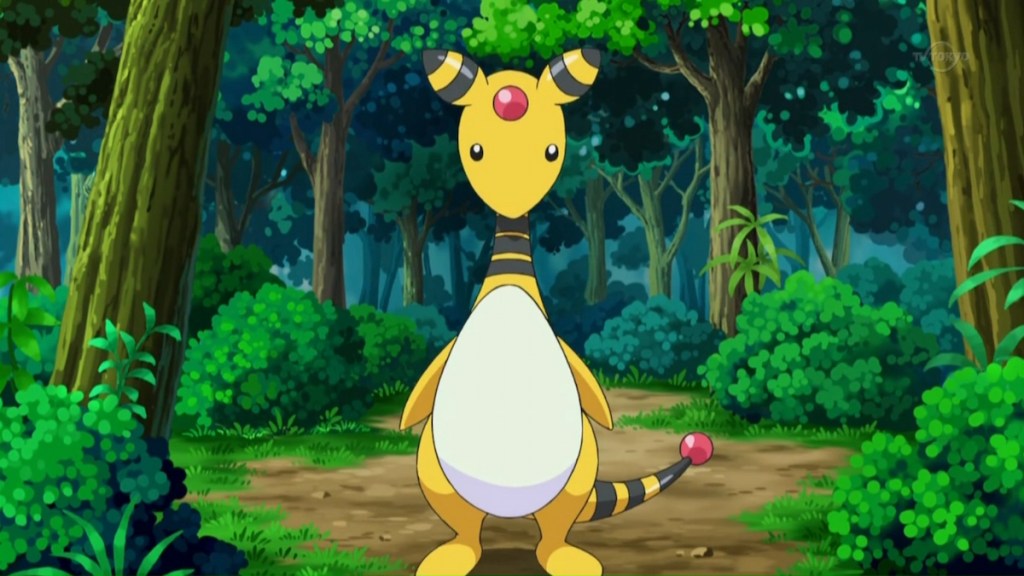
Let’s say you’re attempting to run an Ampharos. While he may not look intimidating, this thing is a powerhouse and a bulky threat to anyone’s battle. This Pokemon has a naturally high Special Attack stat, as well as a hefty HP and Defenses. With an all-around stat spread like this, Ampharos is a splendid example of an anchor Pokemon. Anchors are the Pokemon you have last in your team, your old reliable, the Pokemon you’d be able to clutch with to win the game. While every anchor is different depending on what Pokemon you use specifically, for any anchor, stats like Defense and Special Defense can be especially important. If you’re trying to go for a good anchor on your team and need some Natures to consider, try some of these:
- Bold
- Calm
- Careful
- Gentle
- Impish
- Lax
- Relaxed
- Sassy
Ultimately, the Nature you choose for your Pokemon depends on more than just the position they’re in or their natural stat spread. Sometimes, the Nature you choose can have everything to do with your strategy and team layout. As you battle more and learn the ways of the game, consider watching others’ strategies, while also investigating some items, movesets, and Pokemon yourself. You’ll never know what works until you try, so try a different Pokemon than the ones you know every so often. You might just find a strategy hidden away somewhere that no one’s discovered yet.

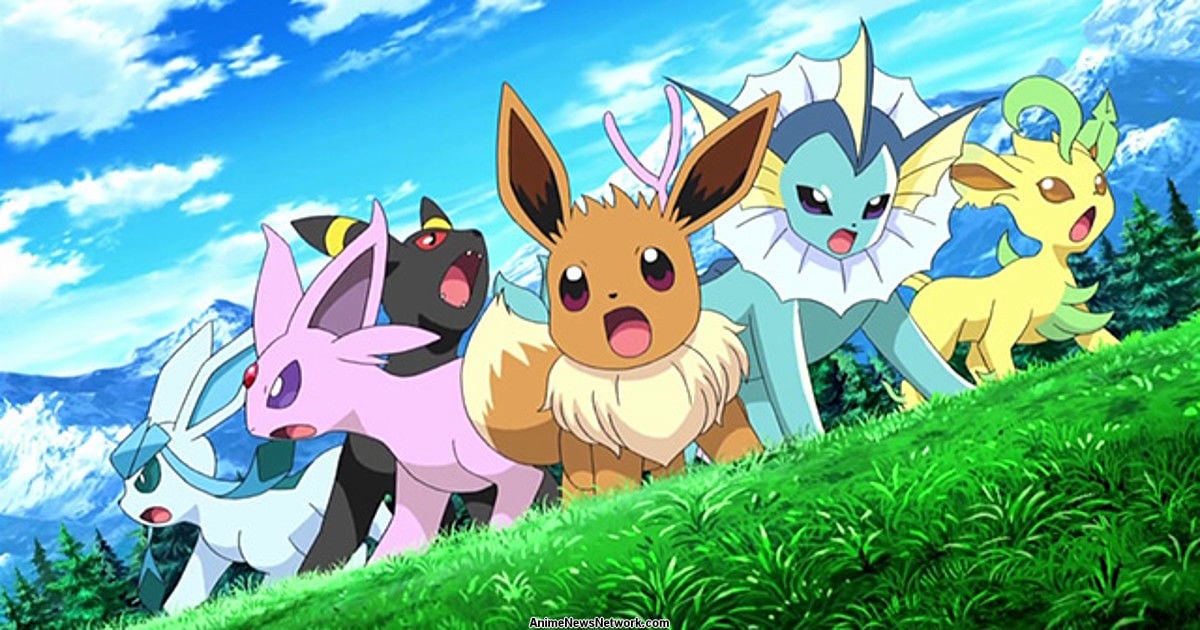
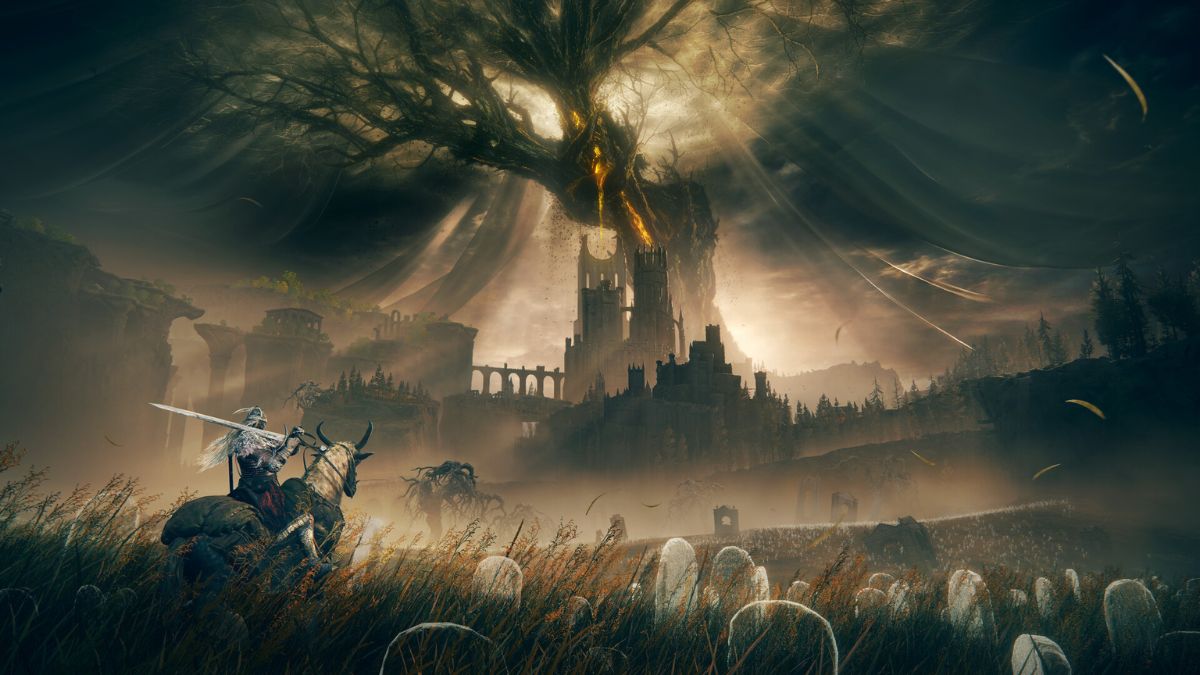



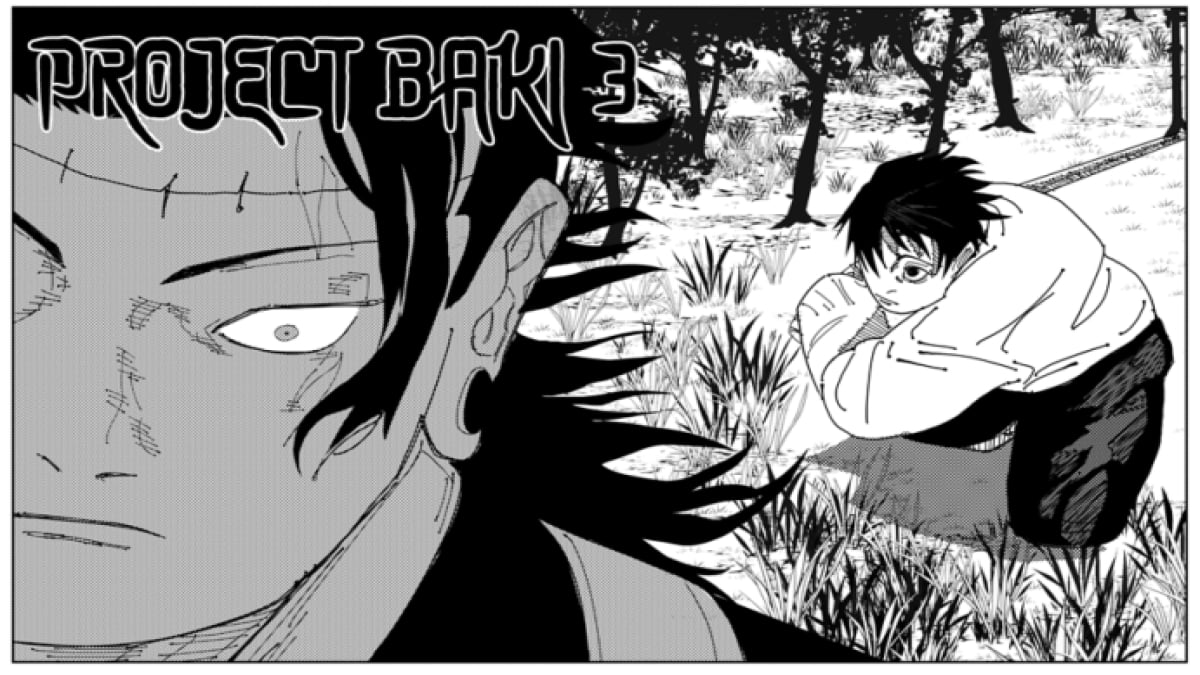
Published: Jul 28, 2023 12:41 am